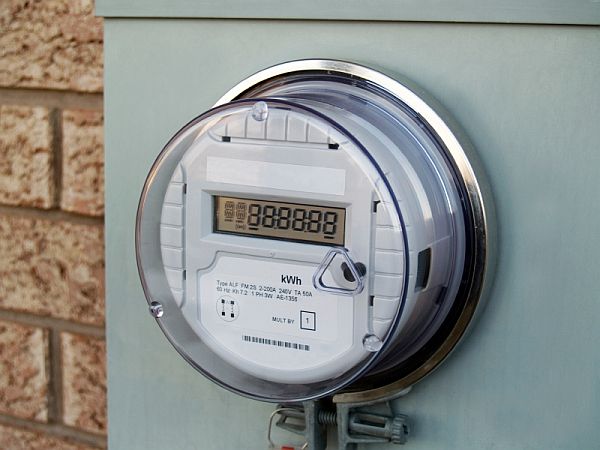To take a green step toward environmental protection, we first need to calculate our carbon footprint and eliminate it. Our carbon output is what we use on an individual basis to maintain our lifestyle. We can apply the same concept to our homes in order to calculate our combined carbon output. It is only when we calculate our carbon output that we would take steps to reduce it. It is every individual’s responsibility to conserve energy on a personal level, as well as at broader levels of a community or nation.

Taking steps in this direction will only lead to the protection of nature and change in climate. If you want to go carbon-neutral, then start it from your own home. You can begin your carbon output calculations with the hidden carbon deposits in your home. While a professional can better help in such assessments, you can take an estimate if you are in touch with your builder. Hidden carbon deposits refer to the energy embodied in the materials used to construct your home, the process of manufacturing, the transportation of construction materials by the actual distance travelled, etc.
If you are soon going to start the construction of your home, then capturing this data can be easier for you. Further, you should calculate your household energy output from various sources like the use of gas, oil, coal, burning wood, etc. Start by exploring your gas bills from last year. If you receive quarterly bills, then count the figures for kilowatt-hours (not metered units) for each quarter and then add them all up for the entire year. Multiply it by 0.19 for converting this figure to carbon output. Remember that a small home should consume around 10,000 Kwh/year; a medium house should consume around 20,500 Kwh/year; and a big mansion should consume around 28,000 Kwh/year.

Similarly, count the total liters of oil used in a year and multiple by 2.98 to know your carbon output from oil usage. You should further add up the yearly use of coal by calculating the total kilograms used and doubling the figure obtained. This gives you the carbon output for coal. Further, we can counter the loss of burning wood by planting new trees and thus make it carbon-neutral. Another major source of energy in our homes is electricity. Thus, it is extremely important to calculate the use of total electricity in a year. Again, you can find the total Kwh of electricity consumption in your energy bills.
Total the figures for a year and multiply by 0.43 to convert it into carbon output. Remember that a small home should consume around 1,650 Kwh/year; a medium house should consume around 3,300 Kwh/year; and a big mansion should consume around 5,000 Kwh/year. Now when you have all the figures from various sources, add them up to find out the total yearly carbon output of your home. While there are other minor elements contributing to it, this number represents a good estimate of your carbon footprint.
Summary:
It is important for every individual to learn about the total carbon output of his/her home. This helps them in becoming aware of the ways to reduce their energy consumption.




